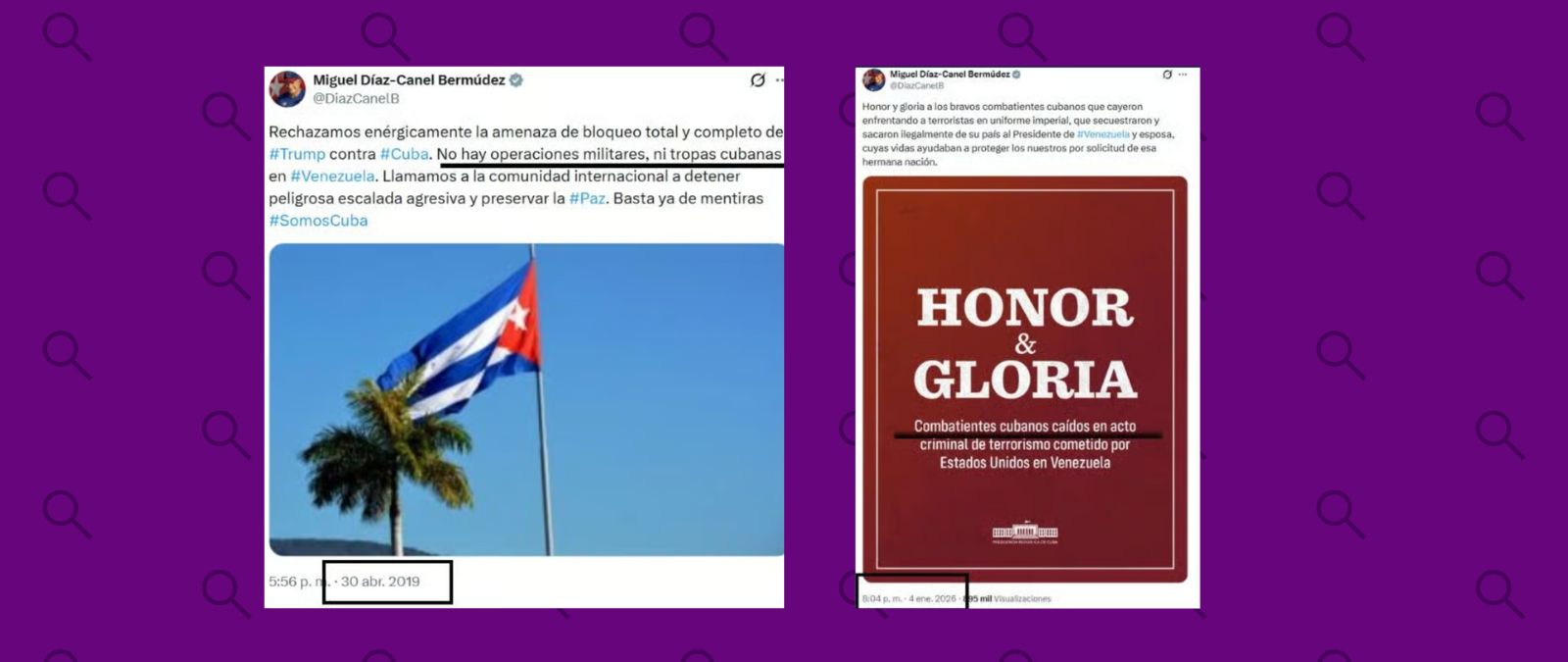In the United States, presidents are not elected directly through the majority’s vote, like in other countries, but through the Electoral College. According to the National Archives, an independent agency of the U.S. government, the Electoral College is a process in which a group of people, known as electors, choose the President and Vice President, representing all 50 states and the District of Columbia.
Read this story in Spanish by clicking here.
Overall, the Electoral College has 538 members, of which a majority of 270 are required to elect the President. As explained by the National Archives, each state has the same number of electors as it does members in its Congressional delegation (depending of that state’s population) and senators (all states have 2, regardless of their population), while the District of Columbia has 3 electors.
Generally, electors are leaders of each political party, state legislators or donors, appointed every 4 years before the presidential election. Depending on the state, some are chosen during the Democrat or Republican conventions, and some states list their electors’ names on the general election ballot, according to The New York Times.
Once the parties confirm their election ballots in each state, their legislative bodies have the constitutional power to appoint the electors of their choice. However, the Brennan Center for Justice states that since the XIX century, all states’ representation in the Electoral College reflects the results of their popular votes.
In other words, each candidate’s popular vote in each state determines the group of electors that will represent that state in the Electoral College. The appointed electors meet on the Monday after the second Wednesday of December to vote, after Election Day.
Puerto Rico and other territories don’t have electors, although they participate in the primaries. The states with the most electors are California (54), Texas (40) and Florida (30). The ones with the lowest number of electors (because they have a lower population) are Alaska, Delaware, North Dakota, South Dakota, Vermont, and Wyoming (3 each). You can check electoral votes per state here.
In this article by Factchequeado we explain which are the key states in 2024.
Caption: electors in all 50 states
The electors’ votes are received and counted by a bicameral session in the U.S. Congress on January 6th after the elections, when the final result is announced. Whoever wins arrives to the White House on January 20th.
The popular vote does not determine the president directly (but indirectly)
Even though the popular vote defines the electoral slate that will represent each state, on a national level the candidate elected president may lose the popular vote but get the higher number of electors in the Electoral College. This discrepancy is due to two factors, as Daniel Weiner, director of Elections & Government of the Brennan Center for Justice, explained to Factchequeado.
On the one hand, Weiner claims that the fact that each state gets two electors on the Electoral College because of their representation in the Senate causes a “minor discrepancy” in favor of the states with smallest populations. Other documents of the Brennan Center for Justice analyze how this distribution illustrates why “Wyoming’s voters have almost 4 times the influence of those from California.”
On the other hand, the fact that in 48 states all delegates for the Electoral College are given to the winning candidate (winner-takes-all), without considering any sort of proportionality, represents an “advantage for the party whose candidates are scattered across the country [...] and a disadvantage for the party whose candidates are more gathered,” said Weiner.
Recently, the elections of George W. Bush in 2000 and Donald Trump in 2016 show that a candidate can win despite having received fewer national votes. In the history of the United States, this scenario happened in 3 other elections during the XIX century.
Factchequeado is a verification media outlet built by a Spanish-speaking community to tackle disinformation in the United States Do you want to be part of it? Join us and verify the content you receive by sending it to our WhatsApp +16468736087 or to factchequeado.com/whatsapp.
Click here to read other articles of our #ElectoralExplainer.







